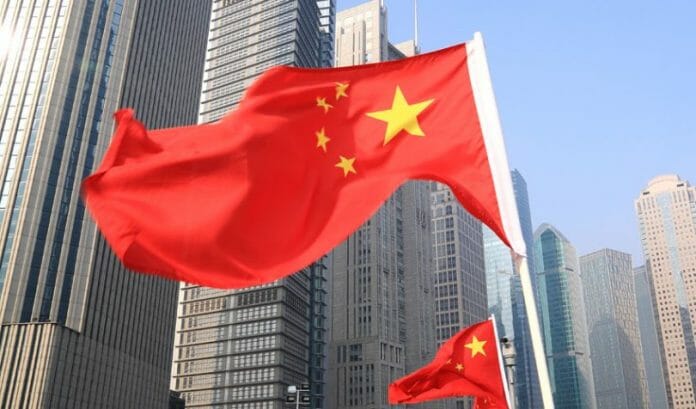If China gets well, the rest of the world could catch a cold.
China’s seemingly endless battle with COVID-19 clearly has a ways to run as nationwide infections, even though modest by international comparisons, hit their highest in six months this week just as we head deep into winter.
With draconian COVID lockdown rules still in place and outbreaks concentrated in key industrial hubs, the drag on the world’s second biggest economy continues to be severe and there’s little indication of any change of tack.
Another surprising annual contraction of both imports and exports last month for the first time since the pandemic hit in early 2020 was more testament to that this week.
All of which makes this month’s barely-founded burst of global market optimism about a possible easing of the COVID curbs seem slightly odd – on a number of levels.
To be sure, the speculation was vague and centred around possible government signals next month about some stepped-down restrictions regime as far away as next March amid unspecified hopes for the development of more effective mRNA vaccines by then. And the chatter was quite firmly quashed.
Plausible or not, the speculation caused great excitement in beaten down Chinese stocks, which recorded their biggest gains in two years.
But the rationale for the parallel rally in world equities at large was much less obvious.
Recession-wary investors may reasonably welcome a global demand boost in 2023 on one level – but the timing of China’s mooted re-opening could prove a nightmare for western central banks actively trying to rein in inflation by cooling their economies to a standstill.
If Chinese demand were to fire up world energy and commodity prices again just as the major developed economies in the United States and Europe were heading into recession next year, it could well put the kibosh on any hope of monetary policy relief to soften the blow.
Goldman Sachs economist Dom Wilson pointed out that energy price swings this year have had a much bigger impact on global financial conditions gauges than many investors acknowledge and this bears watching if things changed in China.
“The latest round of China reopening hopes have helped drive us higher here again,” he told clients. “If that continues, it could take us more quickly back to a point where both rates and equities are under pressure again and the FCI (Goldman’s Financial Conditions Index) reaches clear new highs.”
Despite the dour incoming numbers from China, the market speculation alone seems to have lifted core commodity indexes by up to 5% this month so far, with world crude prices up almost 3% and copper prices surging almost 7% last week alone.
If that’s just on sketchy rumours, one wonders what an actual reopening may entail for global raw material costs. And if it happens over the next six months, then it can only aggravate the inflation battle being waged by central banks – even at the margins.
WILD CARD
Barclays doubts any such breakthrough is on the cards before next March and cut its forecast for GDP growth again this month by 0.7 percentage point to just 3.8% for next year – citing property sector woes, global recession and geopolitics.
Any change to that scenario may be a positive impulse for cyclical stocks, it said, but it adds to the inflation headache for central banks.
“The China situation is a wild card,” said Barclays strategist Emmanuel Cau. “The somewhat negative implication of stronger China growth is that it would likely add to global inflationary pressure. China PPI has fallen sharply alongside GDP growth, so a rebound in activity would push it up again.”
“Higher demand for commodities, whether due to energy consumption or inventory rebuild, would be inflationary, adding to the conundrum for development market central banks.
Citi’s team think likewise. “We suspect Chinese re-opening (will) imply upside risks to commodity prices and global rates.”
But there are offsetting factors too.
Synchronised with ebbing western economic demand, a reopening in China later next year may not have the explosive commodity price impact it would have today – even if it dampens the fight against inflation more generally.
Another factor is the impact on the dollar.
If, as the Barclays team claim, the China slowdown this year was responsible for more than half the drop in the euro/dollar exchange rate to date, then China firing back up could knock the overvalued dollar back more generally and help shave the price of dollar-priced commodity imports for non-U.S. economies.
What’s more, if financial conditions tighten sharply of their own accord in advance – as San Francisco Fed economists indicated they had already done this week – you could argue central banks may not need to much more on actual policy rates.
As ever, multiple moving parts would require near perfect coordination if the holy grail of a global ‘soft landing’ were to be achieved.
But even with a G20 summit due next week, global cooperation has been in short supply in fractious 2022.
The opinions expressed here are those of the author, a columnist for Reuters.
Mike Dolan is Reuters Editor-at-Large for Finance & Markets and has worked as an editor, correspondent and columnist at Reuters for the past 26 years – specializing in global economics, policymaking and financial markets across the G7 and emerging economies.









